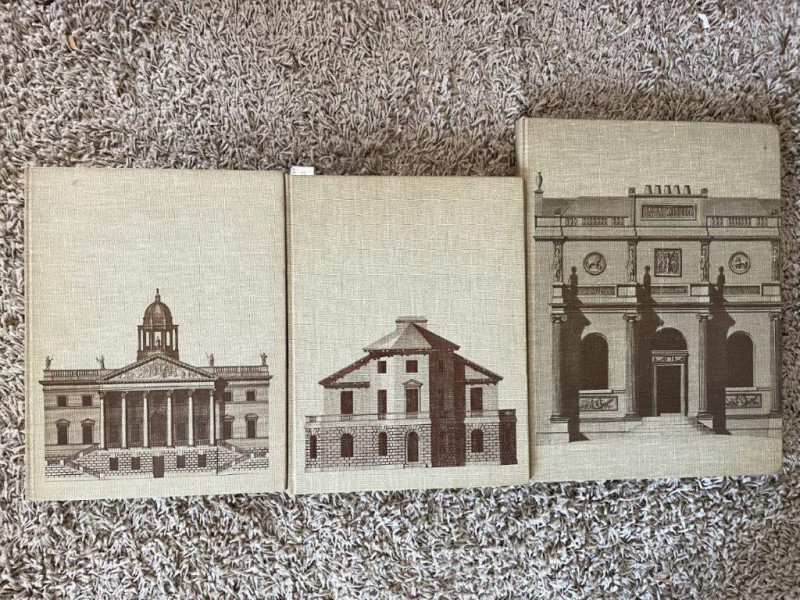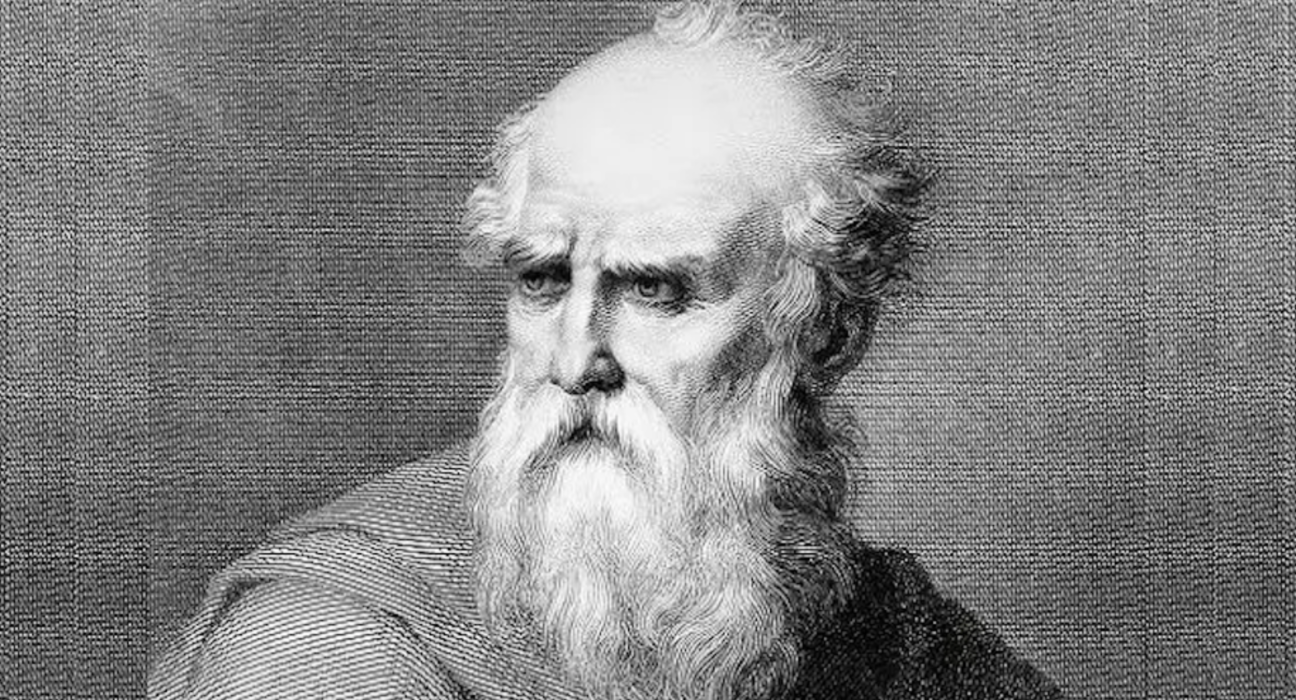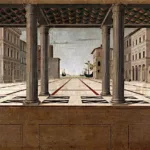Vitruvius, the renowned Roman architect and engineer, left an indelible mark on the world of architecture that continues to resonate through the centuries. His seminal work, “De Architectura,” not only captured the essence of ancient Roman building practices but also laid the foundation for architectural principles that would influence generations to come.
The Life and Times of Vitruvius

Marcus Vitruvius Pollio, commonly known as Vitruvius, lived during a pivotal period in Roman history. Born around 80-70 BCE, he witnessed the transition from the Roman Republic to the Empire under Augustus. This era of political upheaval and cultural transformation profoundly shaped Vitruvius’s worldview and his approach to architecture.
Early Career and Military Service
Vitruvius began his career as a military engineer, serving under Julius Caesar. This experience provided him with invaluable insights into the practical aspects of construction and fortification. The rigorous demands of military engineering honed his skills in designing structures that were not only functional but also resilient.
During his time in the army, Vitruvius likely participated in various campaigns, contributing to the construction of bridges, siege engines, and fortifications. These early experiences laid the groundwork for his holistic approach to architecture, emphasizing the importance of durability and functionality alongside aesthetic appeal.
Transition to Civilian Architecture
As Rome transitioned from a republic to an empire, so did Vitruvius’s career evolve from military to civilian architecture. The Pax Romana, or Roman Peace, ushered in by Augustus, created a fertile ground for architectural innovation and urban development.
Vitruvius’s transition to civilian life coincided with a period of unprecedented construction in Rome. The emperor’s famous claim of turning Rome from a city of brick to a city of marble provided ample opportunities for architects to showcase their talents. It was in this context that Vitruvius began to formulate his comprehensive theory of architecture.
The Creation of “De Architectura”
Towards the latter part of his life, Vitruvius embarked on his magnum opus, “De Architectura.” This ten-volume treatise was more than just a technical manual; it was a philosophical exploration of the principles underlying good design and construction.
The work was dedicated to Emperor Augustus, reflecting Vitruvius’s desire to contribute to the grand vision of Roman renewal. “De Architectura” covered a wide range of topics, from city planning and temples to machines and sundials, showcasing the breadth of Vitruvius’s knowledge and his belief in the interconnectedness of various disciplines.
Vitruvian Principles: The Triad of Architecture

At the heart of Vitruvius’s architectural philosophy lies the famous Vitruvian Triad: firmitas, utilitas, and venustas – strength, utility, and beauty. This triad forms the cornerstone of what Vitruvius considered essential for all well-designed buildings.
Firmitas: The Essence of Structural Integrity
Firmitas, or strength, emphasizes the importance of durability and stability in architectural design. Vitruvius believed that a building should stand the test of time, withstanding both natural elements and human use.
This principle goes beyond mere physical strength. It encompasses the choice of materials, the understanding of load-bearing structures, and the implementation of sound construction techniques. Vitruvius’s military background likely influenced his emphasis on this aspect, recognizing that a building’s longevity is crucial for its success.
In modern terms, firmitas aligns closely with structural engineering principles. It reminds architects and builders that the foundation of good design lies in its ability to endure, a lesson that remains as relevant today as it was in ancient Rome.
Utilitas: Function Meets Form
Utilitas, or utility, focuses on the functionality and practicality of a building. Vitruvius argued that architecture should serve a purpose beyond mere aesthetics, meeting the needs of its inhabitants or users effectively.
This principle challenges architects to consider the end-use of a space from the outset of the design process. It encourages thoughtful planning of layouts, circulation, and amenities to ensure that the building serves its intended purpose efficiently.
Vitruvius’s emphasis on utilitas reflects a pragmatic approach to architecture, one that balances artistic expression with practical considerations. This principle continues to guide modern architects in creating spaces that are not only visually appealing but also highly functional and user-friendly.
Venustas: The Pursuit of Beauty
Venustas, or beauty, represents the aesthetic dimension of architecture. Vitruvius believed that a well-designed building should be pleasing to the eye, with harmonious proportions and elegant details.
This principle encompasses more than superficial decoration. It involves the thoughtful composition of elements, the use of proportion and scale, and the creation of visual harmony. Vitruvius emphasized the importance of symmetry and the use of classical orders in achieving architectural beauty.
The concept of venustas has evolved over time, with different cultures and eras interpreting beauty in various ways. However, the fundamental idea that architecture should uplift the human spirit through its visual appeal remains a core tenet of good design.
The Enduring Impact of Vitruvian Thought

Vitruvius’s ideas, as outlined in “De Architectura,” have had a lasting impact on architectural theory and practice, extending far beyond the boundaries of ancient Rome.
Renaissance Revival and Reinterpretation
The rediscovery of Vitruvius’s work during the Renaissance sparked a renewed interest in classical architecture. Architects and theorists of the time, such as Leon Battista Alberti and Andrea Palladio, drew heavily from Vitruvian principles in their own works.
This revival led to a reinterpretation of classical forms and proportions, adapting them to the needs and aesthetics of Renaissance Europe. The influence of Vitruvius can be seen in iconic buildings of the period, from grand palaces to churches, where symmetry, proportion, and classical orders reign supreme.
The Renaissance interpretation of Vitruvian principles also gave rise to the concept of the “ideal man” or the Vitruvian Man, famously illustrated by Leonardo da Vinci. This image, showing a male figure inscribed in a circle and square, became a symbol of the harmony between man and the universe, a central tenet of Renaissance thought.
Vitruvian Echoes in Modern Architecture
While contemporary architecture has moved away from strict classical forms, the core principles espoused by Vitruvius continue to resonate. Modern architects still grapple with the balance between functionality, durability, and aesthetic appeal in their designs.
The Bauhaus movement, for instance, with its emphasis on uniting art and functionality, can be seen as a modern interpretation of Vitruvian ideals. Similarly, the sustainable architecture movement echoes Vitruvius’s concern for harmony with the environment and the efficient use of resources.
Even in the digital age, where computer-aided design and parametric modeling dominate, the fundamental questions posed by Vitruvius about the nature and purpose of architecture remain relevant. His holistic approach to design, considering everything from site selection to the social impact of buildings, aligns with contemporary concerns about urban planning and sustainable development.
Vitruvius in Architectural Education
The study of Vitruvius remains a cornerstone of architectural education worldwide. His writings provide students with a historical perspective on the discipline and introduce them to fundamental concepts that continue to shape architectural thinking.
The Vitruvian Triad, in particular, serves as a framework for evaluating architectural designs. Students are often challenged to consider how their projects balance strength, utility, and beauty, encouraging a holistic approach to design that goes beyond mere aesthetics.
Moreover, Vitruvius’s emphasis on the architect as a well-rounded individual, versed in various disciplines from geometry to music, resonates with modern ideas about interdisciplinary education and the importance of a broad knowledge base in creative fields.
Conclusion

Vitruvius’s legacy in architecture is a testament to the enduring power of well-conceived principles. His emphasis on the harmony between functionality, durability, and aesthetics continues to guide architects and designers in creating spaces that enrich human experience. As we face new challenges in urban development, sustainability, and social equity, the wisdom of Vitruvius offers a timeless framework for approaching these issues with clarity and purpose. The architectural legacy he left behind is not just a historical curiosity but a living tradition that continues to evolve and inspire, reminding us that great architecture is as much about ideas and principles as it is about bricks and mortar.
✉️ Stay Connected — Subscribe for Weekly Updates
Discover timeless stories, practical wisdom, and beautiful culture — delivered straight to your inbox.
*We only share valuable insights — no spam, ever.






